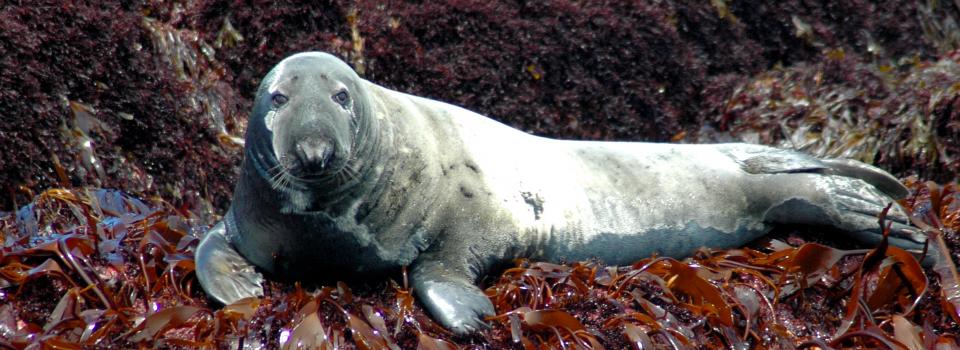
Hermit Thrush
Photo by: Robert Royse

Box Turtle
Photo by: Jonathan Mays

Snowshoe Hare
Photo by: Mike Hodgson

Timber Rattlesnake
Photo by: Kelly Wiley

Gray Seal
Photo by: Jonathan Mays








In completion of the 2010 Regional Conservation Need project, The Nature Conservancy has just released the report, Flow recommendations for the tributaries of the Great Lakes of New York and Pennsylvania.
In order to make recommendations for management of water withdrawals and water use at a regional scale, this project focuses on defining and quantifying the ecological processes necessary to maintain intact aquatic ecosystems in streams ranging from headwaters to large rivers. The goal of these recommendations is to avoid cumulative adverse impacts to the waters and water-dependent natural resources, while providing the water necessary for human needs. Additional multi-state benefits will include:
This two-year project began in January 2011, and engaged technical advisors from agencies, universities, and stakeholders in combining testable models of ecological responses to flow alterations with an assessment of current alterations in different types of streams. This combination will enable New York and Pennsylvania to clarify the flows necessary to sustain aquatic life, and implement instream flow policies that balance human and ecosystem needs.

© 2020 A Wildlife Management Institute Project